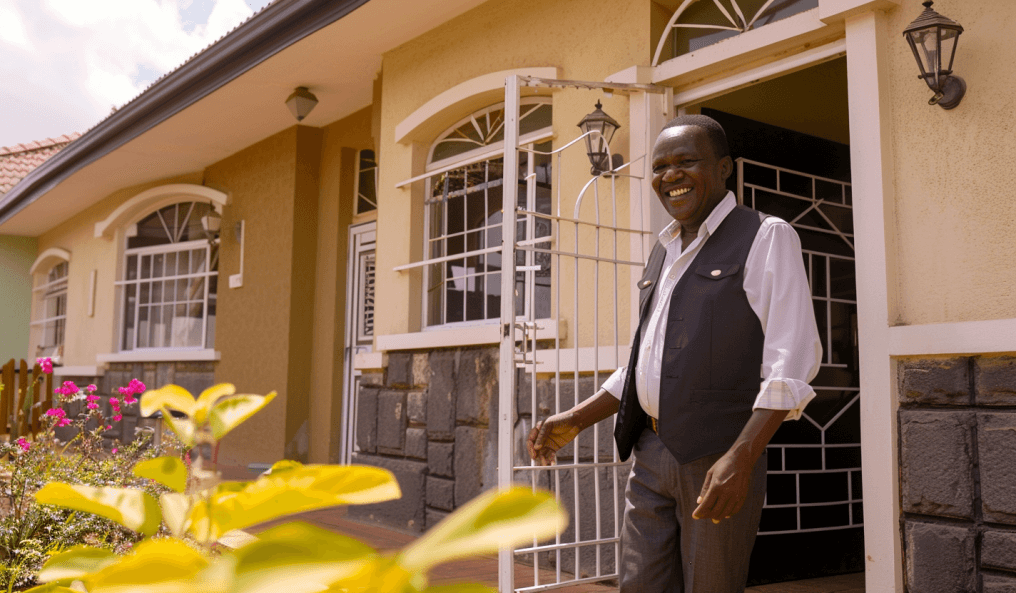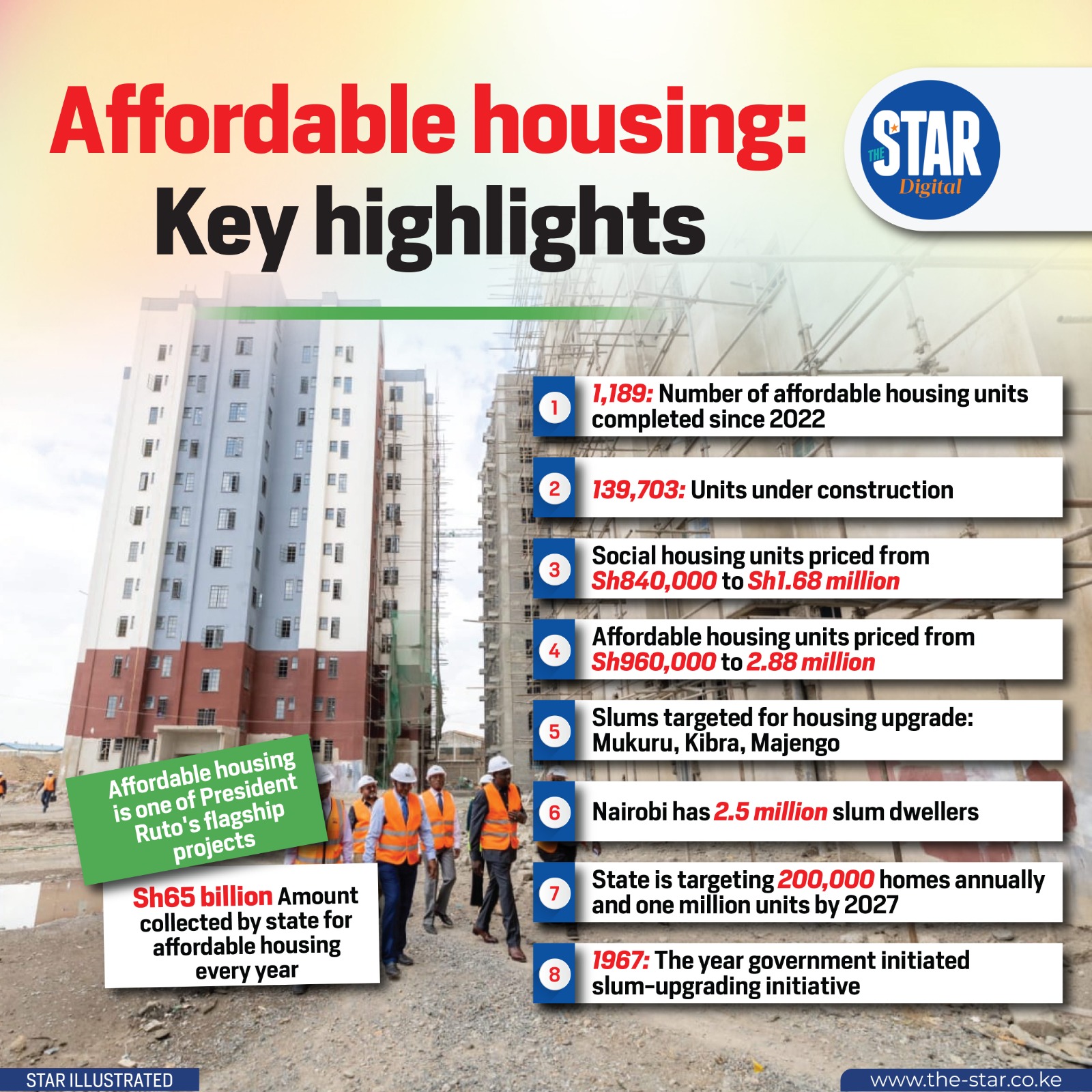As Kenya grapples with a housing deficit estimated at over 2 million units, affordable housing has become a key focus for government and private developers. However, with climate change impacts becoming increasingly evident, there's a growing movement to incorporate sustainable design in these housing projects. Sustainable housing not only reduces environmental impact but also brings long-term cost savings to homeowners, making it a vital component of future real estate development in Kenya.
What is Sustainable Housing?
Sustainable housing refers to homes that are designed and built using environmentally responsible practices. These include energy efficiency, water conservation, the use of renewable materials, and design principles that reduce waste. Sustainable housing also incorporates strategies to improve the health and comfort of occupants while minimizing the carbon footprint of construction and occupancy.
Why Sustainability Matters in Affordable Housing
Many associate eco-friendly homes with high costs, but sustainable designs can actually enhance affordability. Features like solar power, rainwater harvesting, and natural ventilation reduce utility bills. In low-income settings, this affordability is not just desirable — it's essential. The Kenyan government and private sector are beginning to recognize this synergy between sustainability and affordability.
Key Elements of Sustainable Housing in Kenya
1. Energy Efficiency
Most Kenyan homes still rely on expensive and sometimes unreliable electricity. Integrating solar panels and solar water heaters helps reduce dependency on the national grid. Efficient lighting (LEDs), insulation, and energy-saving appliances can cut energy usage significantly.
2. Water Management
Rainwater harvesting systems, dual-flush toilets, low-flow showerheads, and greywater recycling are gaining traction in urban housing. These features reduce water bills and help conserve a vital resource, especially in drought-prone areas like Kajiado and Kitui.
3. Green Building Materials
Innovations like interlocking stabilized soil blocks (ISSBs), bamboo, and recycled plastics are being used to reduce construction costs and carbon emissions. These materials are locally available and reduce the need for energy-intensive manufacturing processes associated with concrete and steel.
4. Natural Ventilation and Lighting
Designs that optimize airflow and maximize natural light not only lower utility costs but also improve indoor air quality and reduce health risks. Simple adjustments to layout and window placement can drastically improve comfort and reduce the need for air conditioning.
5. Waste Reduction and Recycling
On-site waste segregation and composting options, especially in communal housing, are emerging as ways to manage waste responsibly. Using recycled or upcycled construction materials also contributes to greener building practices.
Examples of Sustainable Housing Projects in Kenya
1. Mavoko Affordable Housing Project
This government-backed project integrates solar power and energy-efficient appliances in a bid to reduce the lifetime costs of ownership. Built for middle and low-income earners, the development showcases the potential of scale in sustainable housing.
2. Karibu Homes in Athi River
One of the most successful low-income housing projects, Karibu Homes emphasizes affordability, quality, and sustainability. Homes are designed with cross-ventilation, rainwater harvesting, and low-emission materials.
3. GreenZone Housing in Kitengela
A privately developed eco-estate, GreenZone uses solar street lighting, biogas digesters, and organic waste recycling systems to promote self-sufficiency and lower operational costs for homeowners.
Government and Policy Support
The Kenyan government is increasingly supporting sustainable development through policy and partnerships. The Kenya Green Building Society (KGBS), a key player in promoting green construction, has introduced certification systems and guidelines to assess buildings based on sustainability performance. Additionally, the Affordable Housing Programme (AHP) has begun incorporating environmental considerations in housing designs.
Challenges to Sustainable Housing in Kenya
- High Initial Costs: Though savings are long-term, upfront investment for solar, water harvesting, or insulation remains a barrier for many low-income developers.
- Lack of Awareness: Many developers and buyers are unaware of the benefits and techniques of sustainable design.
- Regulatory Gaps: While some green standards exist, enforcement and incentives are still underdeveloped.
- Limited Access to Technology: Rural areas often lack access to the latest sustainable construction tools and materials.
Solutions and the Road Ahead
To scale up sustainable housing, collaboration between stakeholders is essential. This includes government incentives for green developers, education campaigns for buyers, and investments in affordable eco-technology. Financial institutions can also support by offering green mortgages and project financing options for developers who commit to sustainability.
Why Investors Should Pay Attention
Demand for affordable and sustainable housing is growing, especially among Kenya’s urban youth and middle class. Investors who align their strategies with sustainable development goals (SDGs) stand to benefit from long-term viability, brand value, and regulatory support. Sustainable properties also attract tenants faster and retain value longer due to reduced operating costs.
Conclusion
Sustainable housing is not a luxury — it’s the future of affordable living in Kenya. With climate change and urbanization converging, integrating green design into housing developments is becoming a necessity rather than a choice. Developers, investors, and policymakers must seize this opportunity to build homes that are not only affordable but also environmentally and socially responsible. The path is clear: for Kenya’s real estate to be future-ready, sustainability must be built into its foundation.




